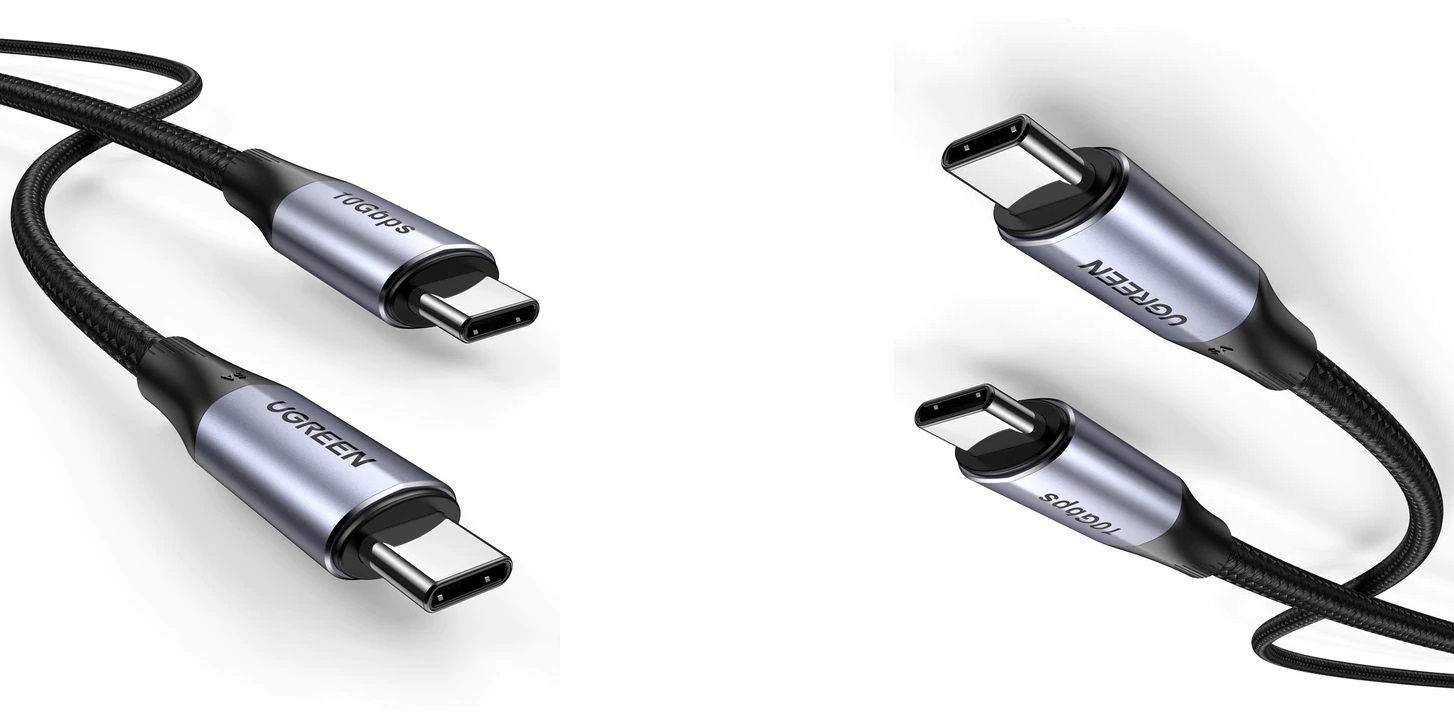Ugreen’s goal is to provide high-quality, futuristic tech and simple-to-use gadget accessories to meet all the requirements of modern-day uses. The feel and experience of users are important to the company and it’s been giving positive results as reviewed by the customers themselves. No matter from where every place where UGREEN is scattered has disrupted the gadget accessory industry.
This article will delve deeper into the gigantic universe of a Ugreen USB type c cable and let you know about its varied advantages. At the end of this article, you will be informed enough to take the leap from your current cable to USB Type C cables.
Why You Should Switch To USB Type-C
The latest iteration of cables, with an innovative dock connector recognised as USB Type C, is at last fully prepared for widespread and common use. They're dependable, reasonably priced, and, most pertinently, quick.
1. It’s Superfast
Rather than just being constrained to 12 wattages of charging power, USB-C can power gadgets at up to 100 W. And the novel transmission flow, which accelerates the effectiveness of accoutrements such as removable media and multimedia equipment, could in some instances be up to 20 times quicker. USB-C is intrinsically intelligent, you can almost always charge a lower wattage device, including a mobile phone, which typically fast-charges at 18 watts, on greater energy, 45-watt or 60-watt power adapter crafted for laptop computers.
2. It Can Support USB 3.2
While USB Type-C isn't really the equivalent of USB 3.2, it enables the most recent stage of evolution of USB 3.2, which has a top speed of around 50 Gbps. USB Type-C is related to the tangible plug, while USB 3.2 refers to the port's precise functionality. A USB port with just a Type adapter will typically endorse USB 3.2 Gen 2 or USB 3.2 Gen 22 information transmission speeds (10 Gbps or 20 Gbps).
3. More Companies Are Switching To Type-C
Gone are those days when the world was fumble between the two sides of the rectangular port of a Type A USB cable, with the modern and fluid design as well as the quicker transmission rates, a lot of companies are making the shift to USB Type C cables.
Why You May Avoid Type-C
You might find some reasons to not use Type C cables too:
1. Cables Are Costly
These cables are usually more expensive than Type A or Type B cables. Investing in them on a large scale could mess with your budget.
2. Devices Using Type-C Are Expensive Too
The cables are expensive, but at the same time, even the new generation of devices that are compatible with Type C cables are increasingly expensive.
3. Replacing A Type-C Connector Is Complex
In cases where type c connectors are to be replaced, it is difficult for the hardware repair guys to repair the Type C Connector because of the 24 pins embedded in a relatively small place.
4. Damage Within The Cable May Remain Unrealized
Remember that the damage within the cable is very hard to notice. The cable will look decent from the outside while it may be severely faulted from the inside.
Conclusion
In a globe in which $2,000 mobile phones and $300 earbuds are common, it's tough to locate an industrial decadence that really doesn't cost a fortune. Transitioning to a USB-C cable might as well cost as little as a handful of meals, but it still becomes a great asset.


